Lame terrasse bois
VUE ENTREPRISE
45 résultats
45 résultats
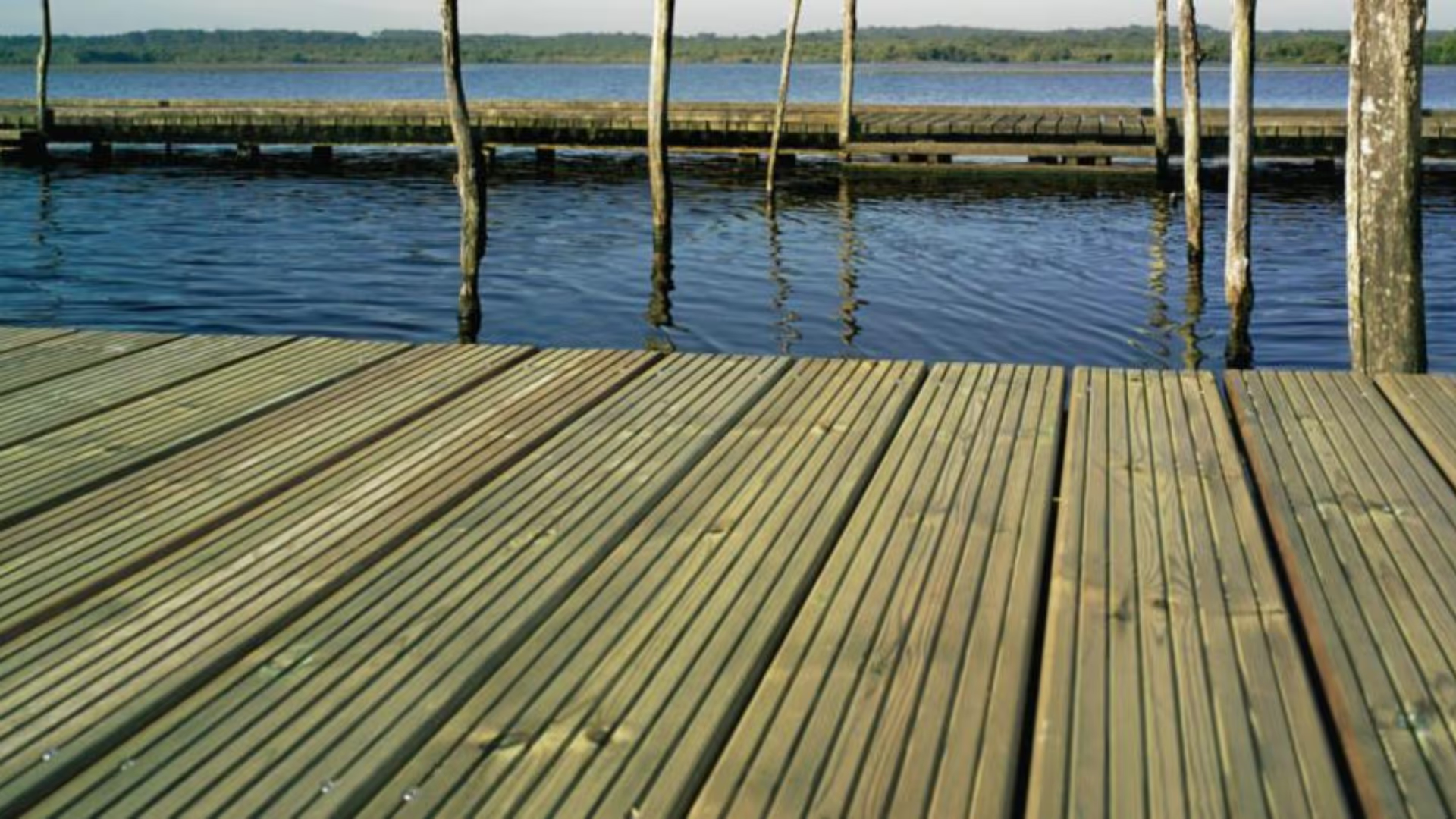
Lames de terrasses pin rouge du nord hydrofuges
Terrasse
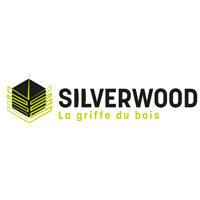

Terrasse en bois de châtaignier modèle D3
Terrasse
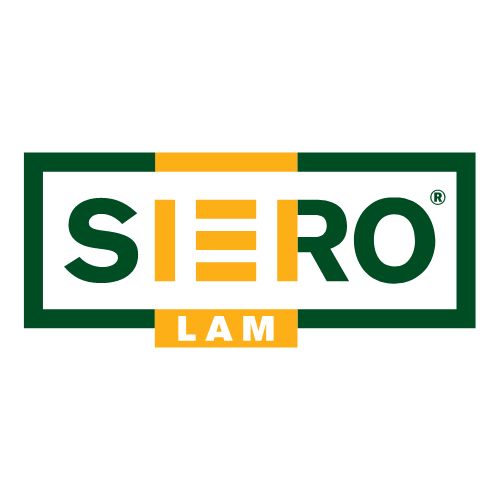

Lames de terrasses écologiques pin rouge du nord heartwood - 99% duramen
Terrasse


Lames de terrasses pin rouge du nord autoclavees
Terrasse

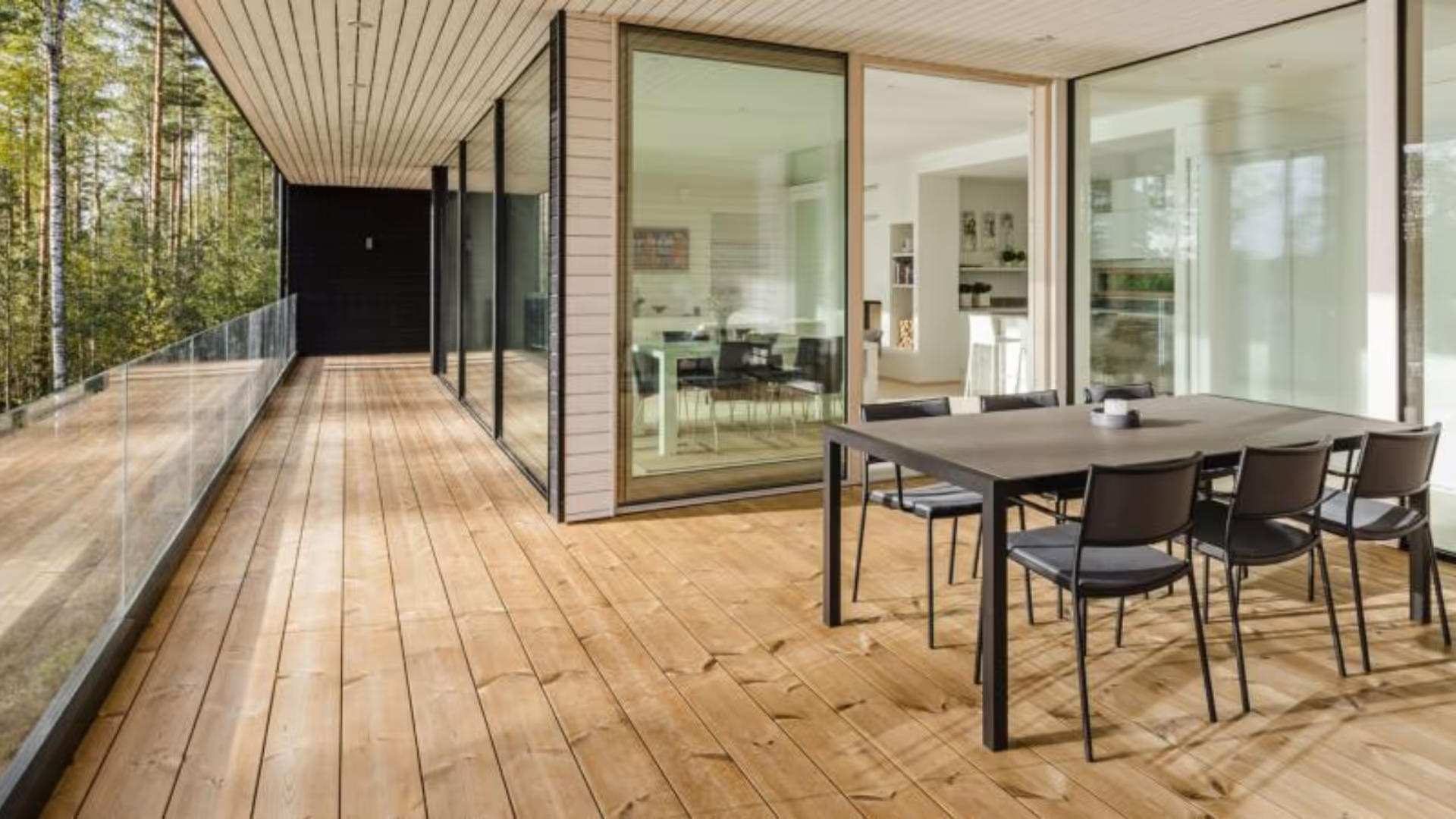
Lames de terrasses pin rouge du nord thermowood
Terrasse


Modèle D5 : Terrasse en Bois de Châtaignier
Terrasse

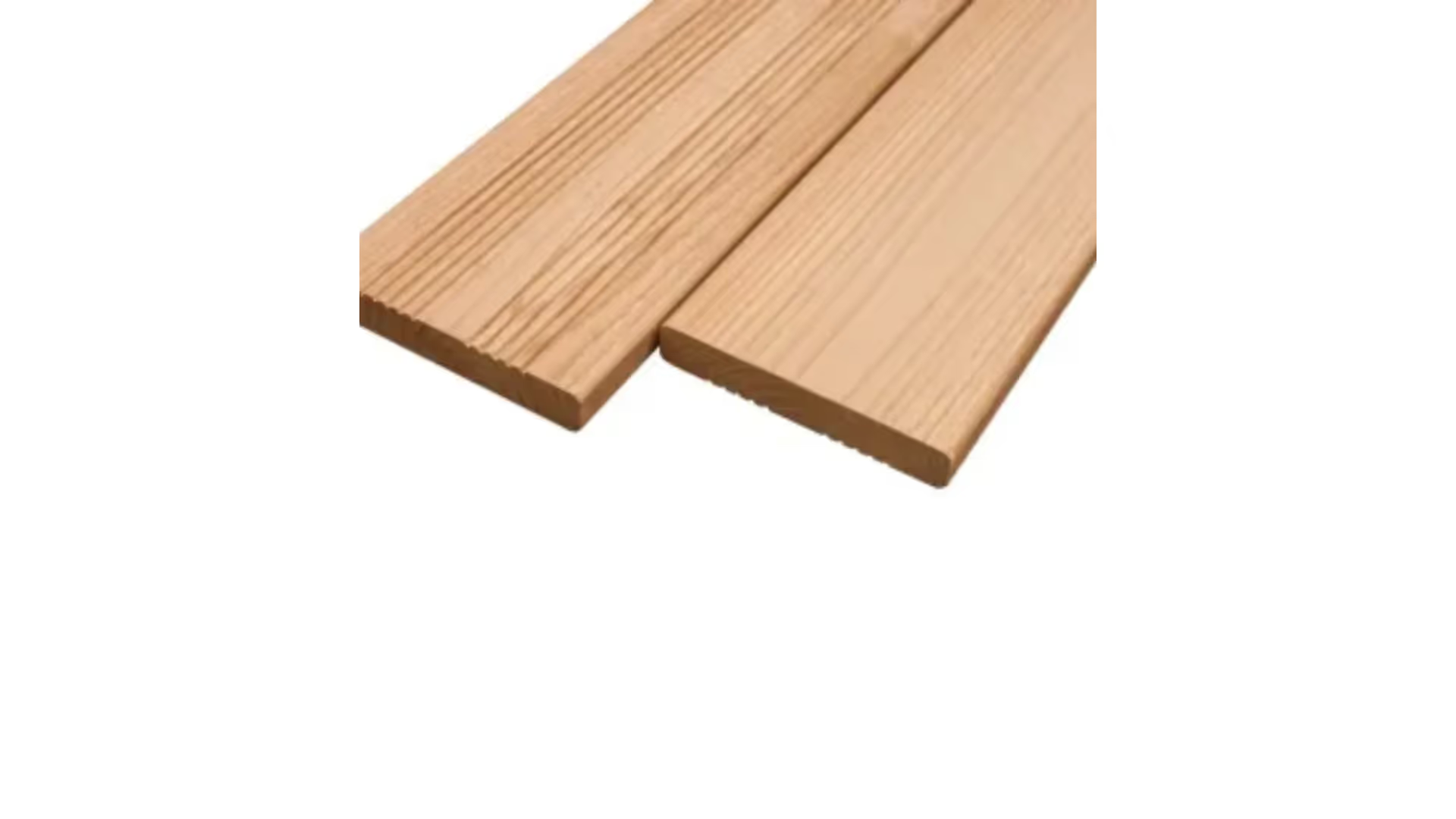
Lames de Châtaignier pour Terrasse
Terrasse

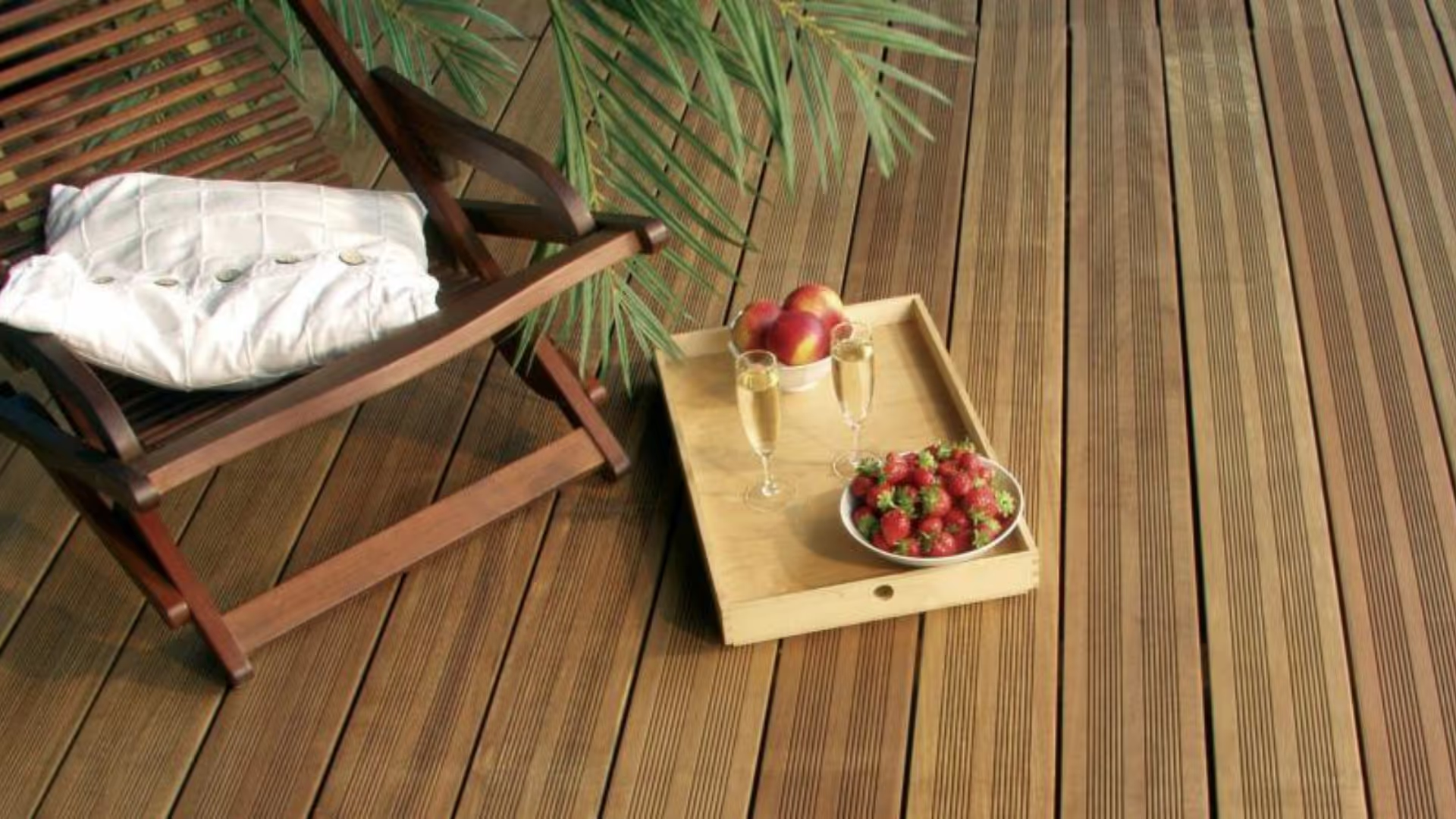
Lames de terrasses bois exotique
Terrasse

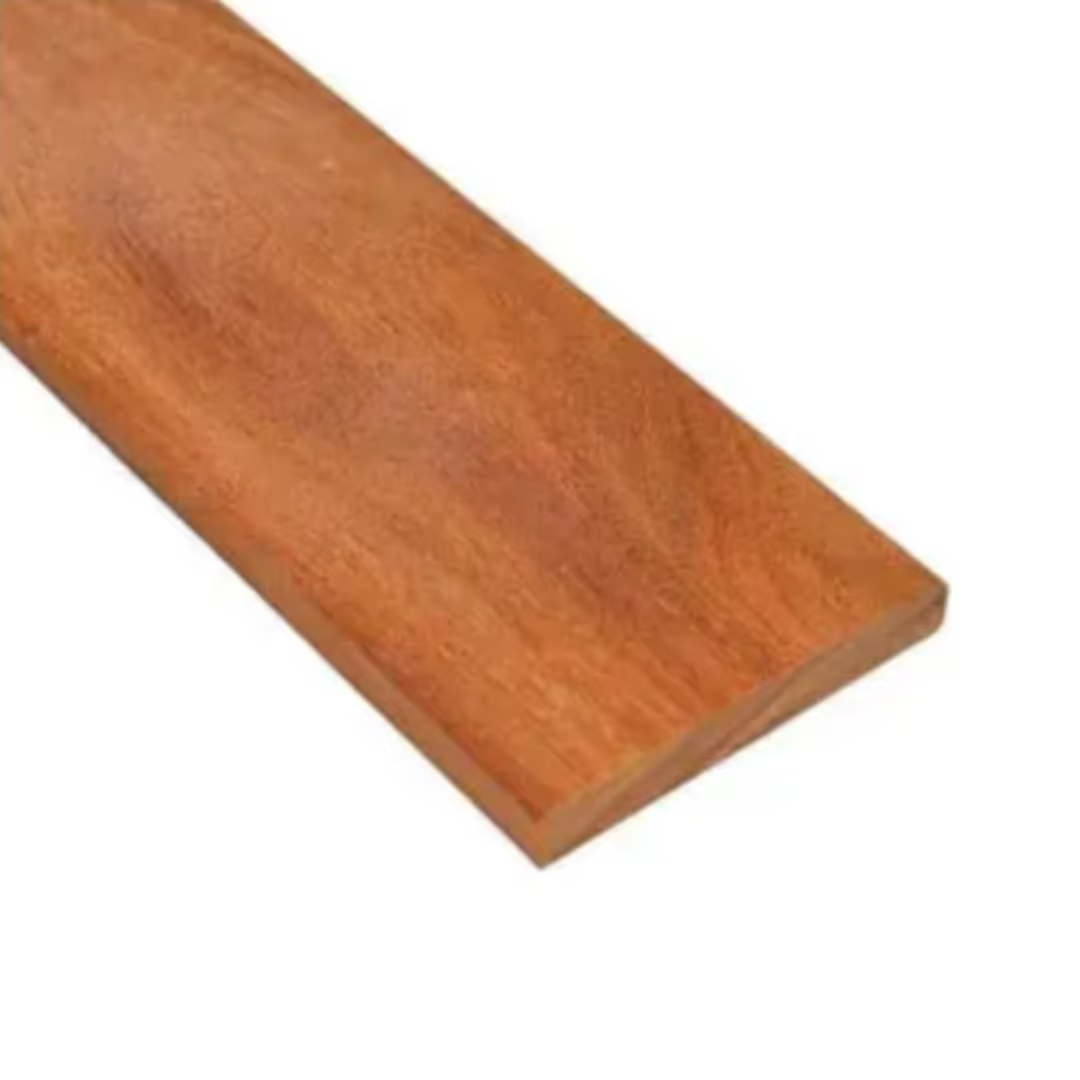
Lame de Terrasse Bois Exotique Classe 4 Cumaru KD 21x145 Lisse 1er Choix
Terrasse

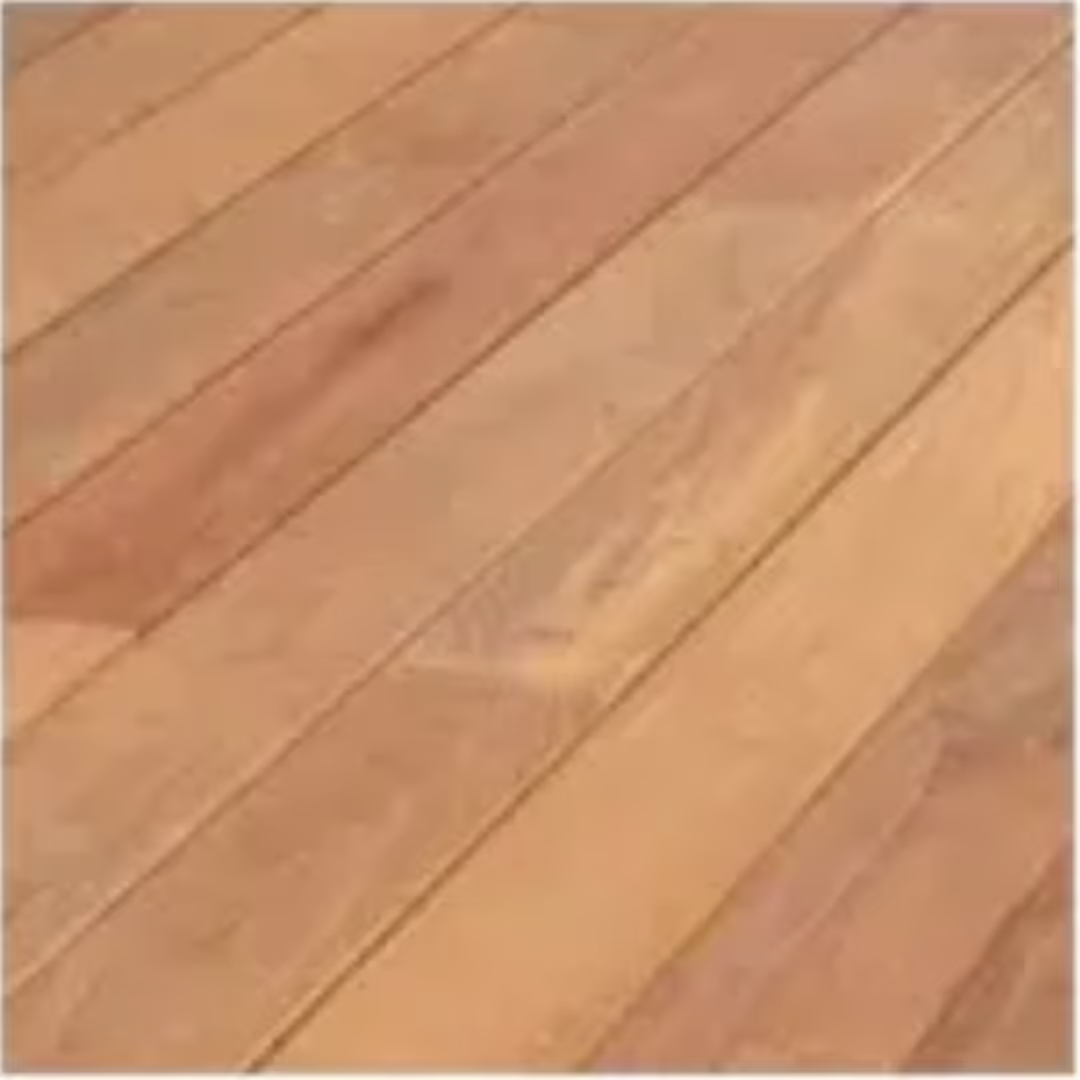
Lame de Terrasse 20x140 Bois Exotique IPE Lisse 2nd Choix Prix / m²
Terrasse

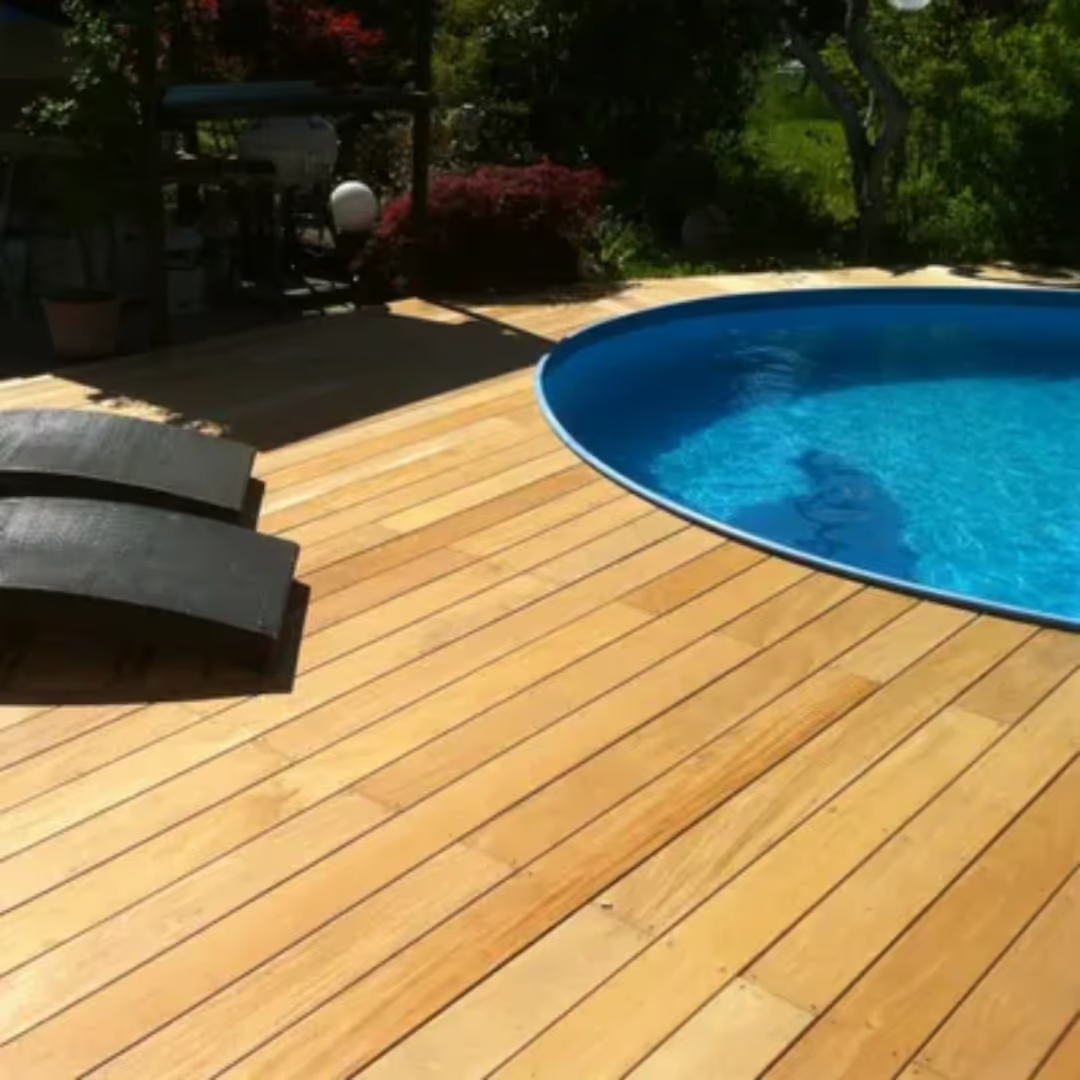
Lame de Terrasse Bois Exotique Garapa KD 21x145 Lisse 1er Choix
Terrasse

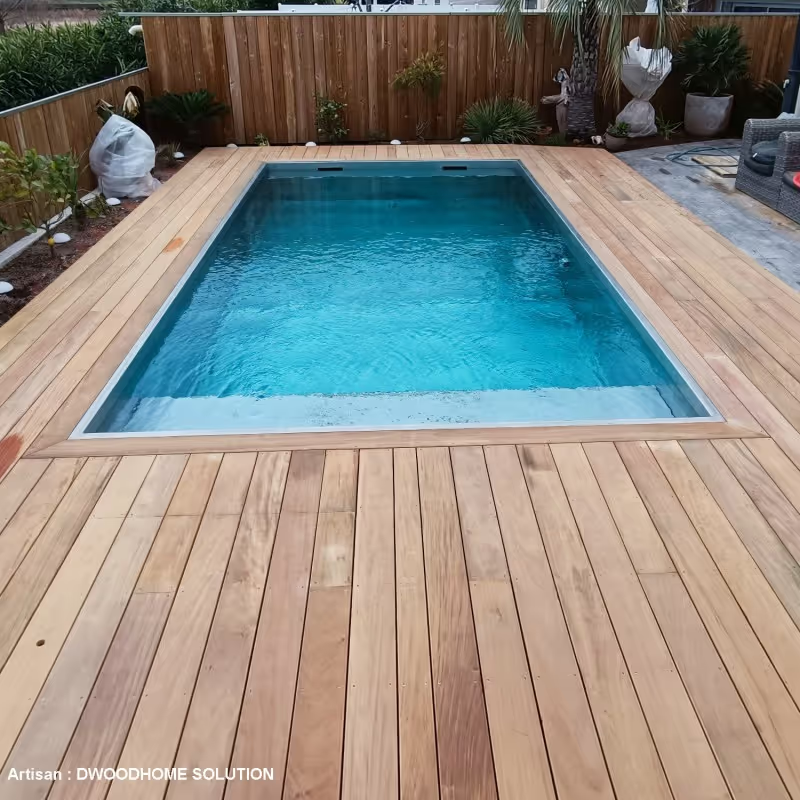
Lame Terrasse Garapa Qualité KD 1er Choix Lisse 20x140 ( 19x140 )
Terrasse

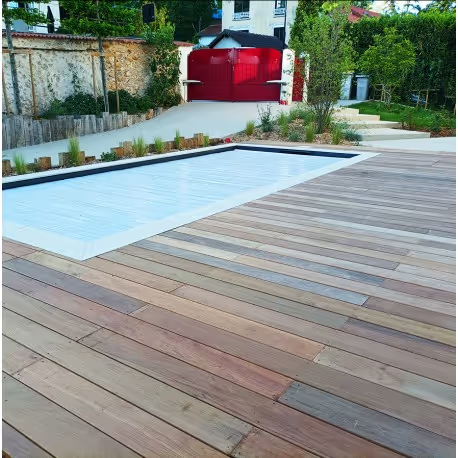
Lame de Terrasse Lisse 2 Faces Bois Exotique Ipé 1er Choix
Terrasse

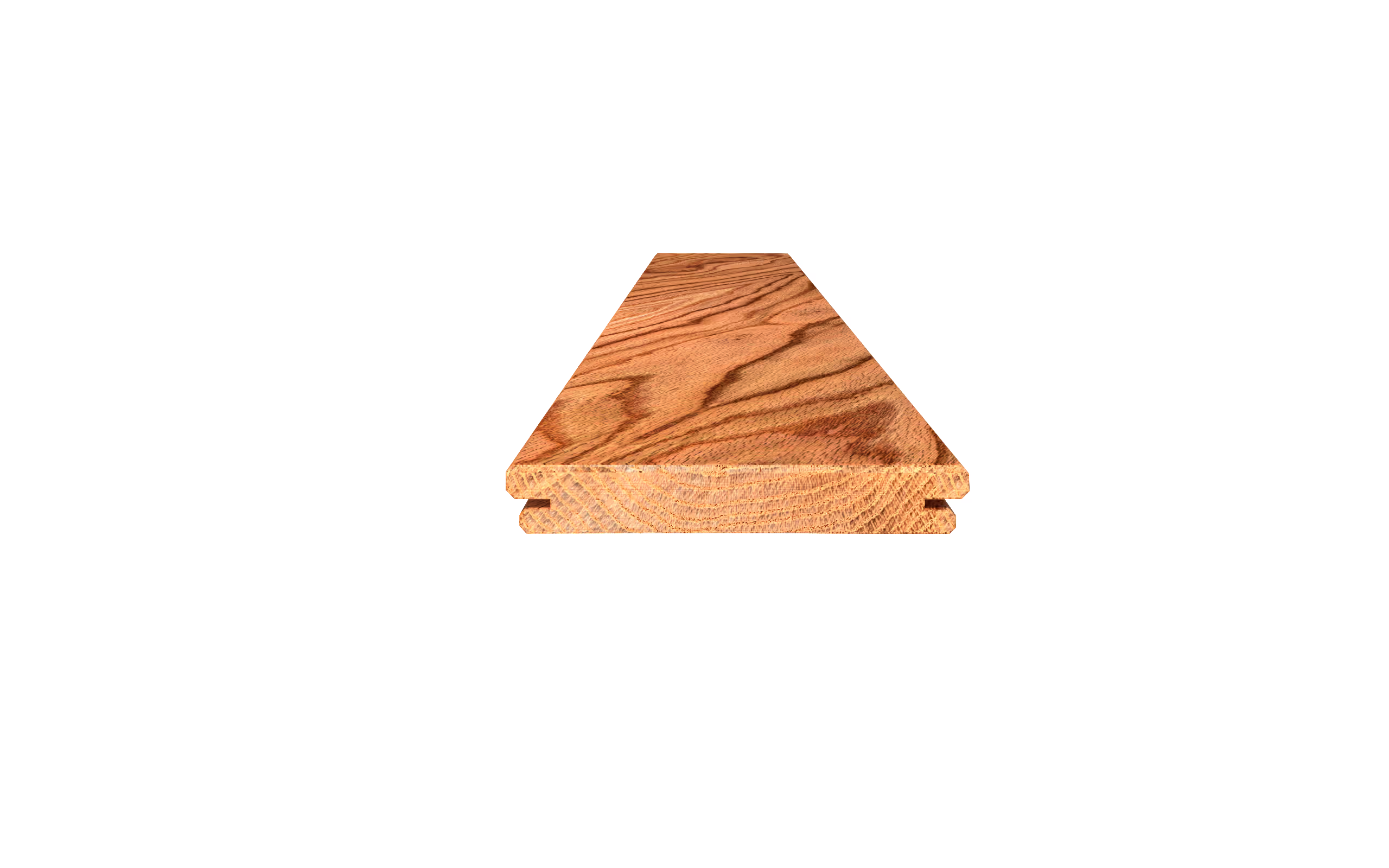
Terrasse 4 21 x 140 mm Red Oak
Terrasse
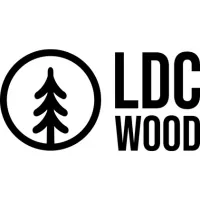
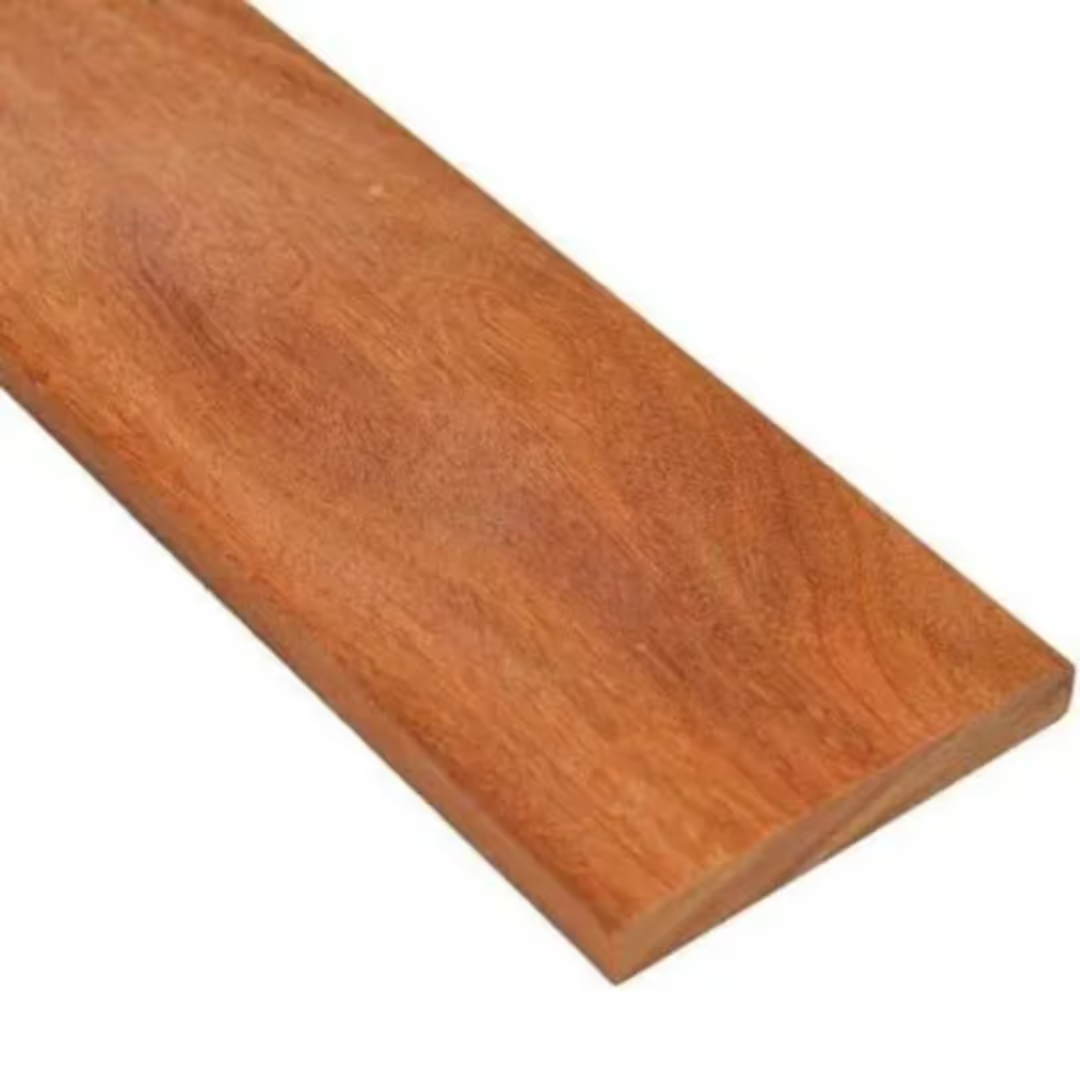
PROMO Lame de Terrasse Cumaru KD 21x145 Lisse et Striée
Terrasse

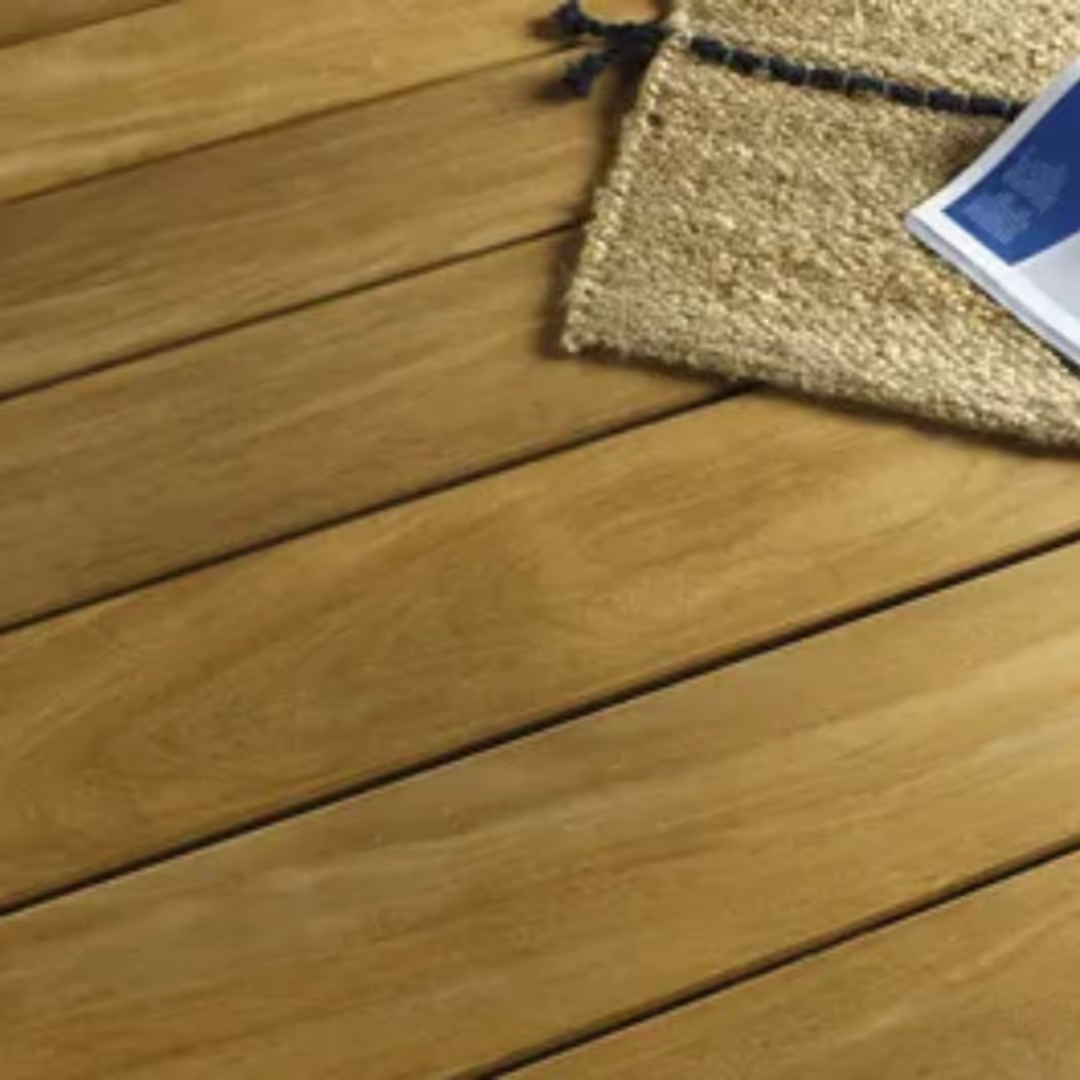
Lame de terrasse Garapa
Terrasse

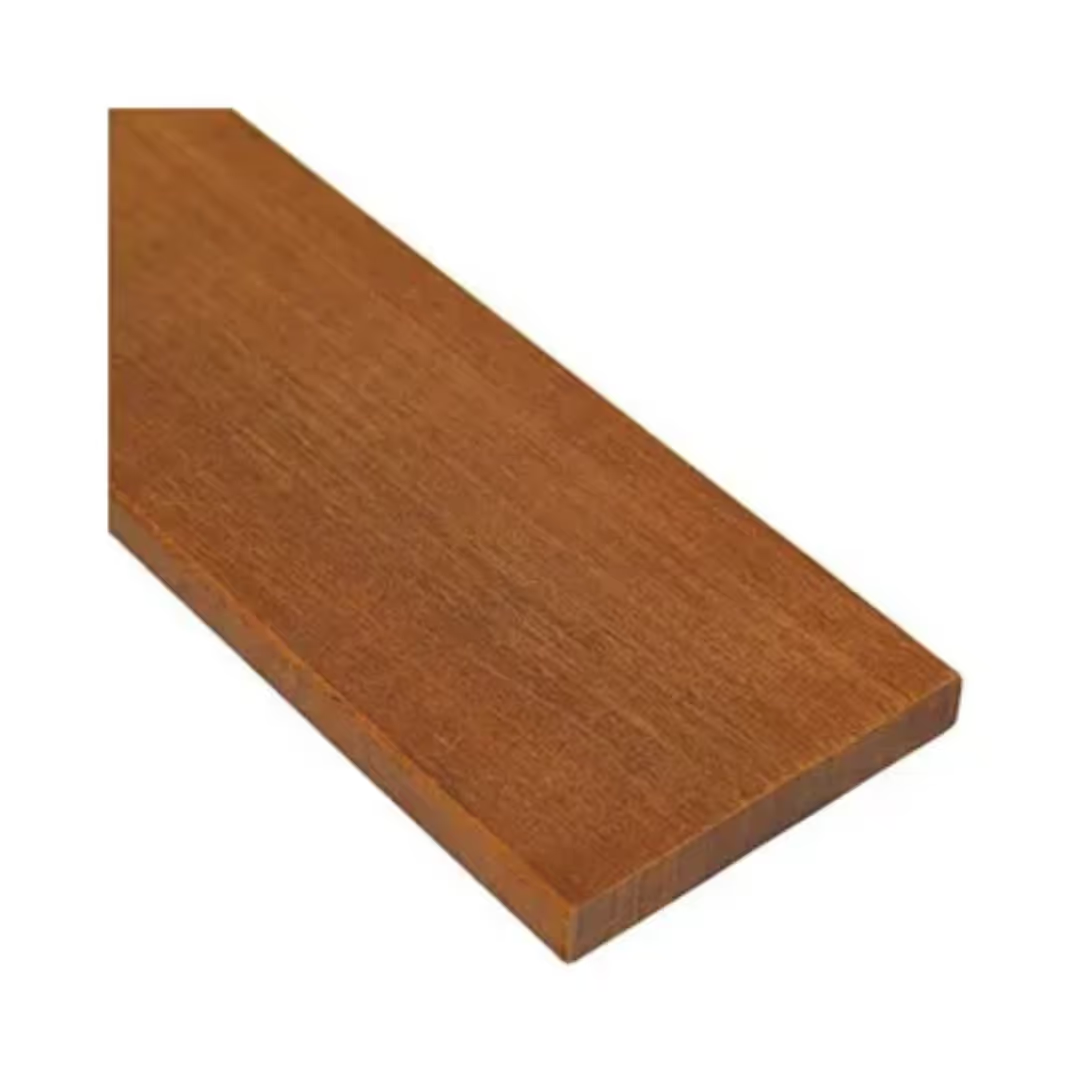
Margelle Ipé KD 1er Choix en 38x290mm Prix au ml
Terrasse

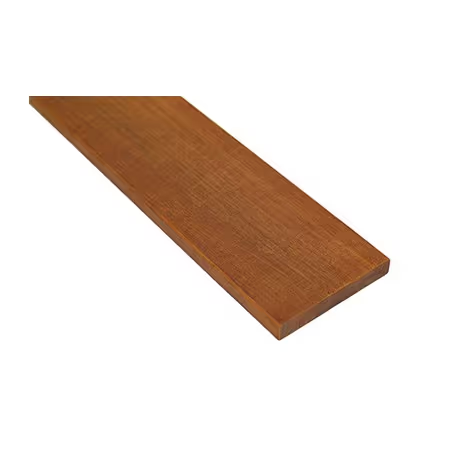
Lame de Terrasse Bois Exotique IPE KD Lisse 2 Faces
Terrasse


* DESTOCK Lame de Terrasse Cumaru KD 1er Choix 19x140 Lisse Prix au m²
Terrasse


Lame de Terrasse en Cumaru KD 20x140 (19x140) Lisse 2 Faces
Terrasse


Lame de Terrasse Bois Exotique Padouk 1er Choix 21x145 Lisse
Terrasse


Lame pour extérieur / Margelle Lisse 2 Faces Bois Exotique PREMIUM 21x190 Ipé 1er Choix
Terrasse

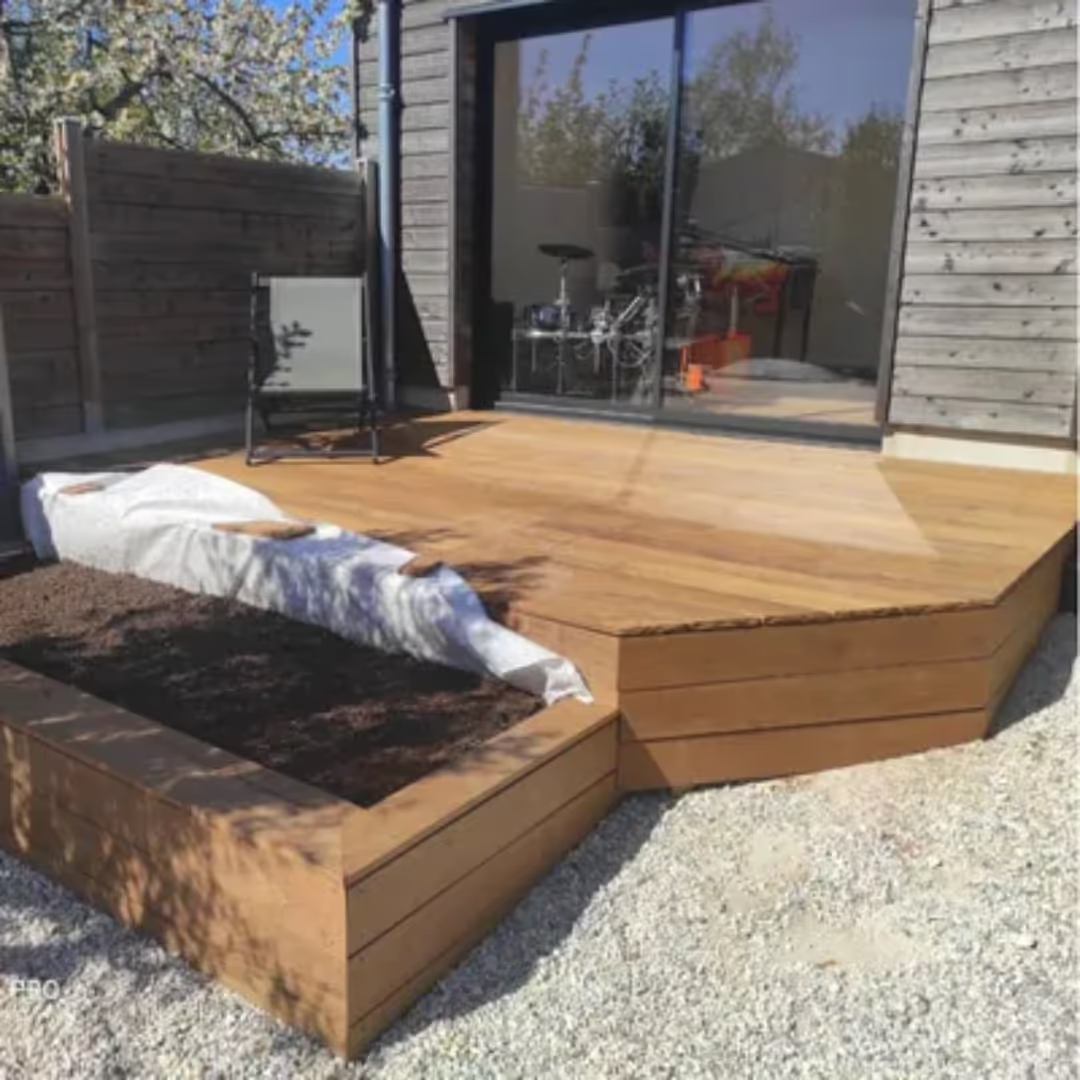
Lame de Terrasse Bois Exotique Ipé 20x140 ( 19 x 140 mm ) Lisse 1er Choix
Terrasse

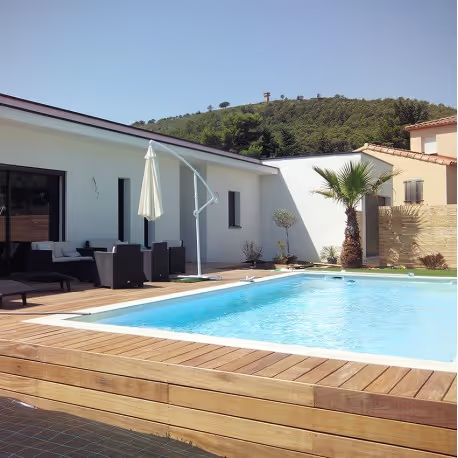
PROMO Lame de Terrasse Cumaru KD 1er Choix 21x145 Lisse Prix au m²
Terrasse


Terrasse et platelage exotiques
Terrasse

Qu'est ce qu'une Terrasse Bois ?
Une jolie terrasse bois est un endroit idéal pour passer son temps libre. En accord avec le style de la maison, elle constitue un ajout confortable à la maison, où vous pouvez passer de nombreuses heures agréables. Une terrasse peut être simplement conçue ou équipée des plus grands accessoires et devenir ainsi l'une des zones les plus importantes de votre maison. C'est pourquoi vous devez réfléchir attentivement à l'aspect de votre terrasse idéale.
Si vous le souhaitez, elle peut comporter divers sièges, des plantes, des pare-vue, une cuisine, des garde-corps, des espaces de rangement et peut-être une piscine.
Pourquoi choisir une terrasse bois ?
Une terrasse bois vous permettra de réaliser votre vision d'un espace extérieur unique avec un aspect naturel et une ambiance chaleureuse.
Si vous préférez l'aspect bois, vous pouvez choisir entre le bois naturel massif et le bois composite synthétique. C'est simplement une question de préférence et d'entretien qui fait la principale différence.
Le bois est plus agréable sous les pieds que le carrelage ou le béton, et votre jardin restera beau et naturel. Ce matériau offre également l'avantage de rendre votre espace extérieur entièrement personnalisé et d'y intégrer une grande variété d'éléments de styles différents. Construire un espace piscine avec des cabines, des rangements ou des ombrages dans le même matériau permettra de créer une cohérence dans le design.
Par exemple, si vous aimez le design français classique, vous aimerez certainement ce type de terrasse, mais il peut être adapté à n'importe quel style, qu'il soit rustique, classique ou moderne. Toute maison peut bénéficier d'une terrasse bois. Ce n'est que lorsque votre maison et vos espaces extérieurs sont en harmonie et intègrent tous les éléments que vous jugez importants que votre maison est parfaite.
Quel type de bois faut-il utiliser ?
Lorsqu'il s'agit de construire une terrasse, le bois est un matériau à la fois chaleureux, écologique, durable et facile à travailler. Il est toutefois important de noter que tous les types de bois ne peuvent pas être utilisés sur les terrasses. L'exposition de votre terrasse au soleil ou à l'humidité, par exemple, influencera le choix du bois... Prenez en compte votre budget, le type de bois que vous souhaitez, son aspect, ses caractéristiques, ainsi que la classe de bois. Passons maintenant à l'étude des types de bois que vous pouvez utiliser pour les terrasses :
Le pin :
Les résineux tels que le pin Douglas, le pin traité en autoclave et le mélèze proviennent de France et d'Europe, tandis que le cèdre rouge vient d'Amérique du Nord. Par rapport au cèdre rouge, ils sont l'une des espèces de bois les moins chères. Pour conserver une bonne durabilité physique et esthétique, cette famille de bois nécessite un entretien régulier.
Le résineux le plus vendu au prix le plus abordable est le pin autoclave. L'ancienne teinte verdâtre est désormais majoritairement remplacée par une couleur brune caractéristique appelée "brun autoclave". Malgré cela, il a une durée de vie d'environ 10 à 15 ans.
Le pin d'Oregon, ou sapin de Douglas, est très résistant aux champignons et aux insectes et a une durée de vie d'environ 15 ans. En appliquant un saturateur de couleur brune ou grise sur le sapin de Douglas, son aspect et sa texture naturels sont renforcés.
Le cèdre rouge, naturellement résistant, prend une teinte grise avec le temps et a une durée de vie d'environ 15 ans. Parmi les résineux, il a le coût d'achat le plus élevé.
Bois exotiques
Pour la création d'une terrasse, ce sont les essences de bois les plus adaptées. Les bois les plus chers sont le Padouk, l'Ipé, le Garapa, le Cumaru, le Taliou et le Teck, importés d'Afrique centrale, d'Amérique du Sud et d'Asie.
La nature dense, naturellement imputrescible et résistante aux intempéries de ces bois en fait un choix populaire pour les terrasses en raison de leur durabilité inhérente.
L'utilisation la plus courante de l'ipé, un bois exotique d'Amérique du Sud, est celle des terrasses. En plus d'avoir un beau grain, il est d'une couleur rouge-brun foncé. Ces dernières années, le prix de ce produit a considérablement augmenté.
En raison de son statut protégé, le teck, un bois originaire d'Asie, est devenu extrêmement difficile à obtenir. Par conséquent, son prix a également grimpé en flèche.
Le padouk est un bois rouge avec de belles veines qui provient d'Afrique centrale. Ce bois a l'avantage d'être dense, ce qui l'empêche de se fendre. Aucun bois exotique n'a une durée de vie aussi longue que ce bois. Il durera de nombreuses générations malgré son coût élevé !
Le bois de Cumaru d'Amérique du Sud est assez nerveux et peut se déformer s'il n'est pas séché correctement malgré sa grande résistance aux taches. Il est donc nécessaire de se renseigner sur le séchage après la coupe auprès de votre fournisseur.
En raison de leur forte densité, les bois exotiques sont plus résistants aux intempéries et aux tâches que les bois tendres. Lorsque vous achetez ce type de bois, vous investissez dans un matériau de grande qualité et d'origine noble. Une terrasse en bois devrait utiliser ce produit.
Bois Thermo chauffé
Après avoir reçu un traitement à haute température, les bois tels que le frêne ou le peuplier peuvent être utilisés comme platelage après avoir été thermochauffés.
Pendant le traitement, le bois est chauffé dans un four à plus de 200°C pour le durcir. Par conséquent, la terrasse devient moins sensible aux dommages causés par les champignons, les moisissures et les insectes. Le bois thermo-traité a une durée de vie d'environ 20 ans et coûte le même prix que le bois exotique.
Le bois composite
Ce n'est que depuis une quinzaine d'années (il y a environ 15 ans) que l'on commence à construire des terrasses avec ce type de bois. Les bois composites sont des hybrides entre le bois et le plastique qui sont très différents du bois naturel. Pour sa fabrication, on utilise du plastique et des fibres de bois ou parfois des fibres de chanvre ou de bambou. La masse est colorée avec des pigments. Le bois exotique, qui a souffert d'une déforestation massive, peut lui être substitué.
Des fixations invisibles permettent de poser les planches sans fixations visibles. Les bois composites sont fixés à l'aide d'attaches encliquetables et non de vis comme les bois naturels. Même si ce matériau est relativement résistant, il nécessite tout de même un entretien, comme une imperméabilisation.
Protection et entretien
Il est important de rappeler que la terrasse aura besoin de protection, qu'il s'agisse de bois résineux, de bois exotique, de bois thermo chauffé ou de bois composite.
D'une manière générale, les produits de protection sont de deux types. Les films protecteurs (lasures, vernis) et les produits d'imprégnation (saturateurs de terrasse). L'utilisation d'un produit filmogène (filmogène) entraîne un décollement du bois dans le temps, ce qui rend son entretien difficile. Contrairement aux saturateurs, qui sont faciles à entretenir car ils peuvent être appliqués directement sur le bois, les saturateurs vont imprégner et nourrir le bois.